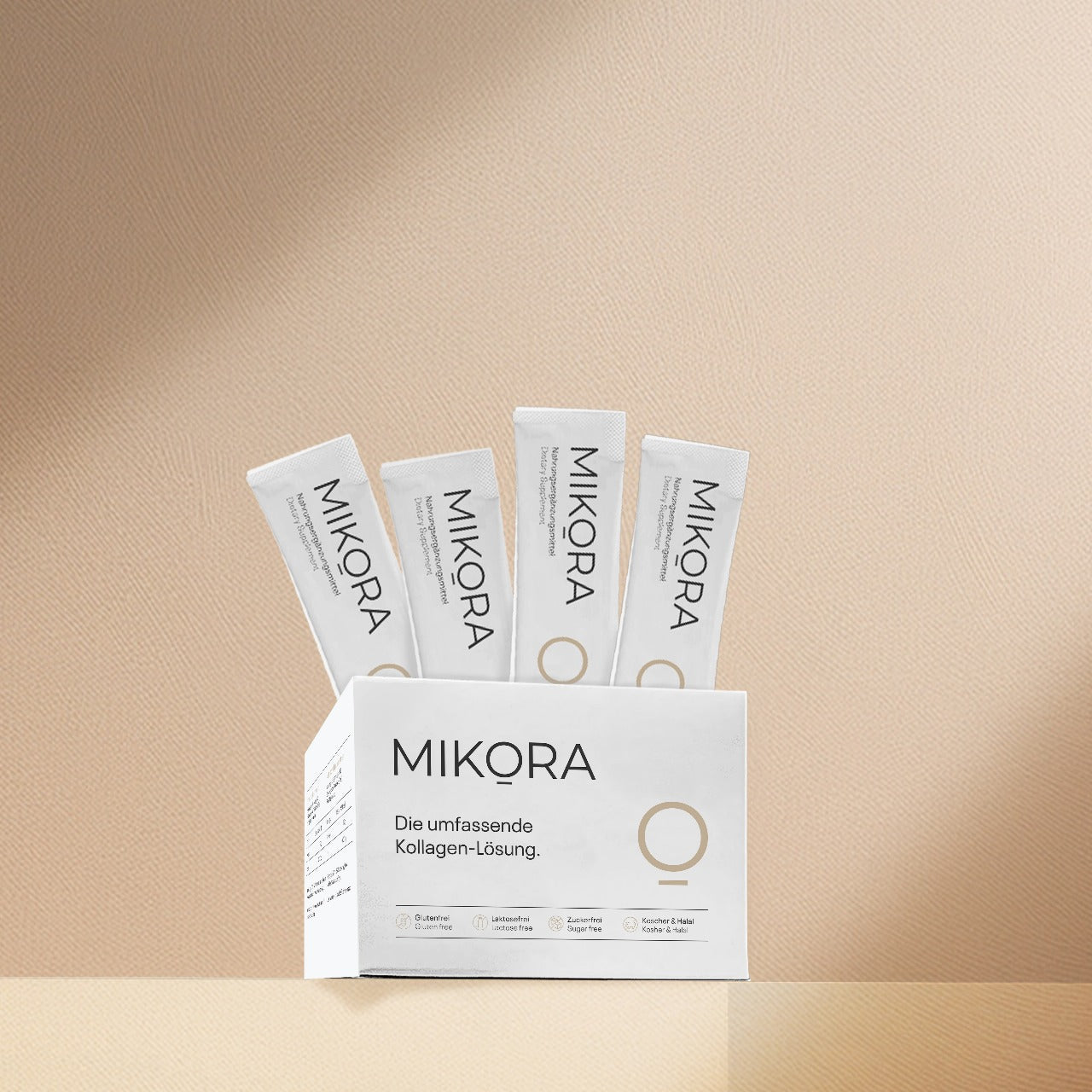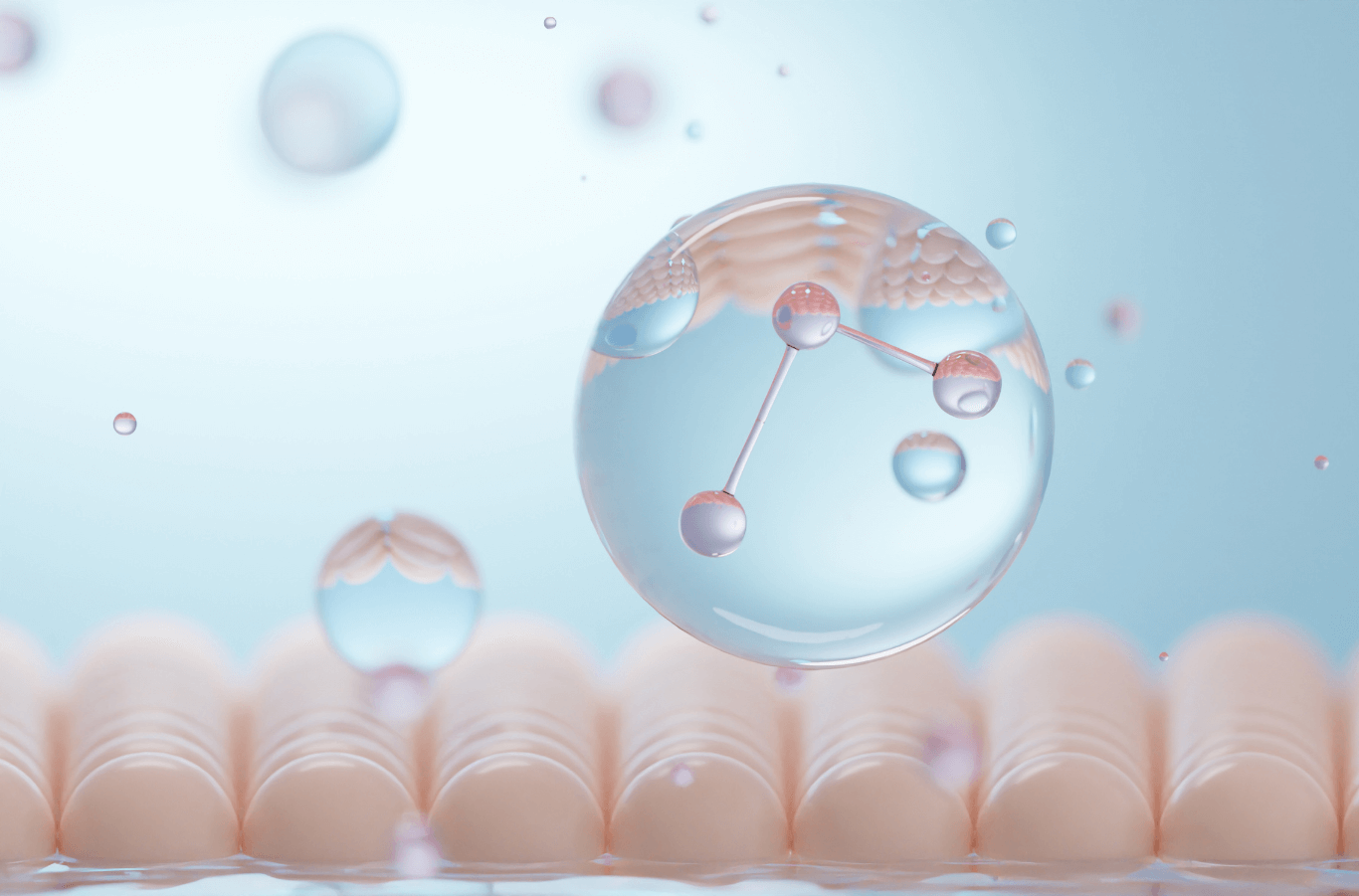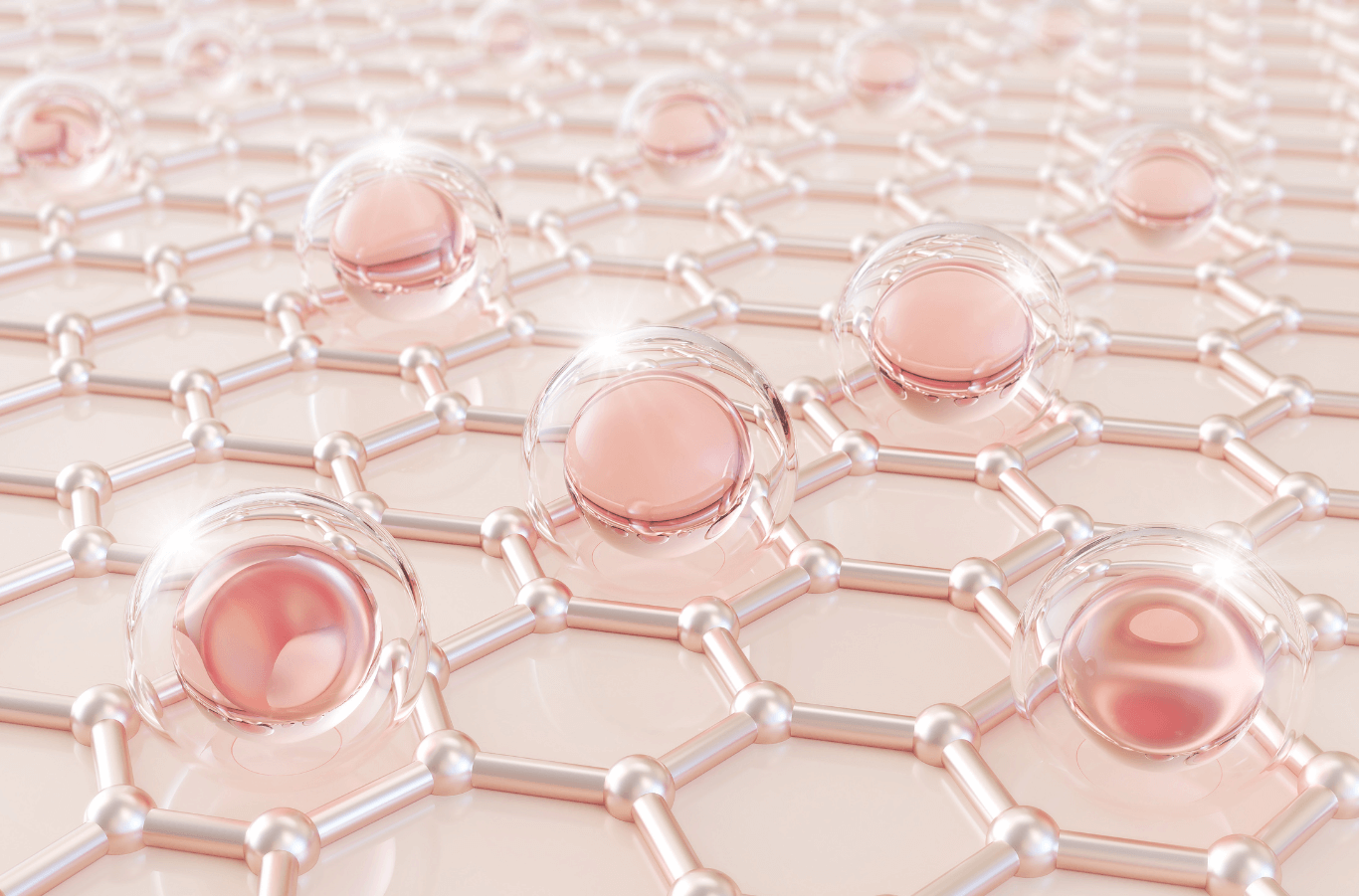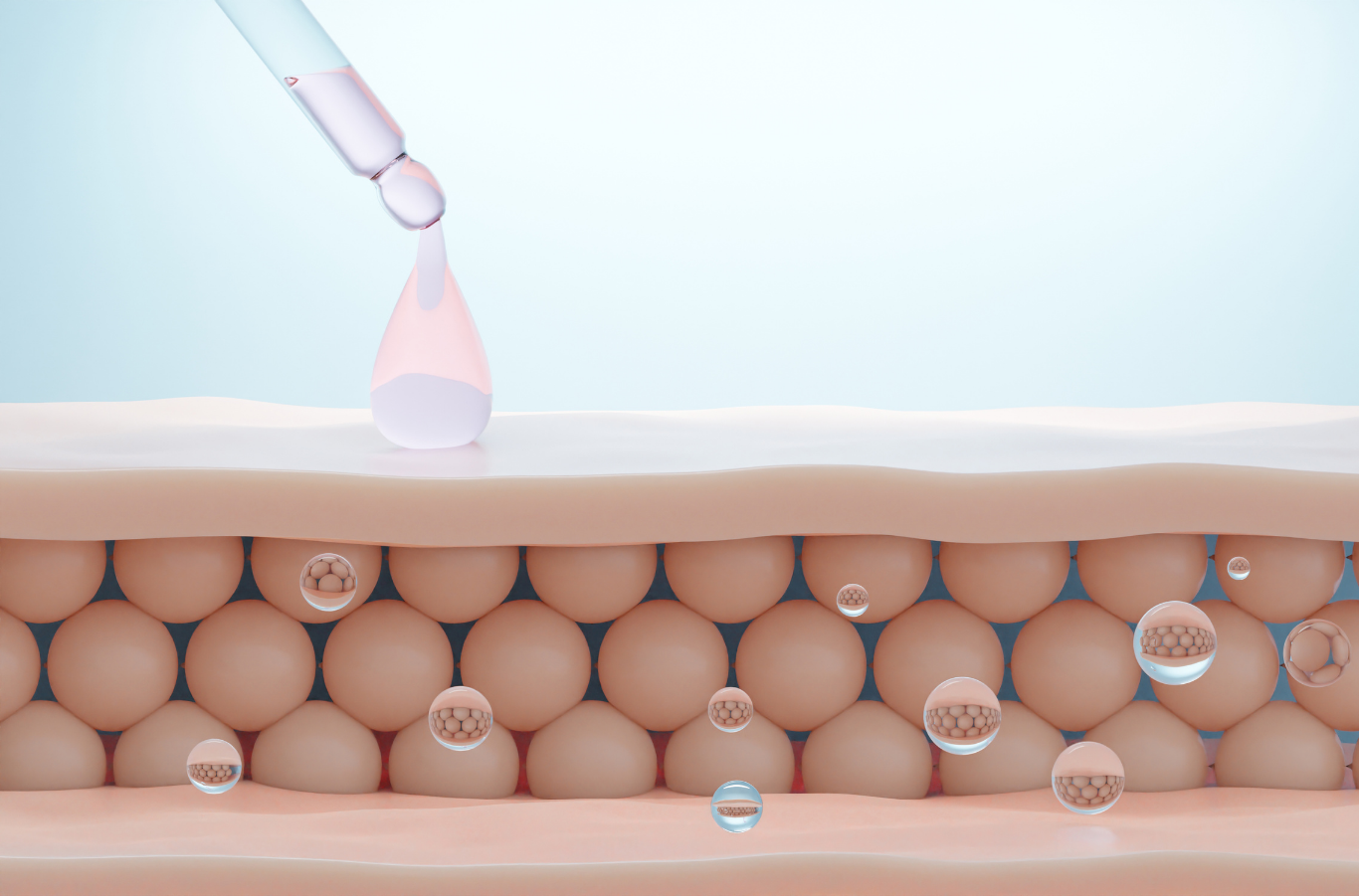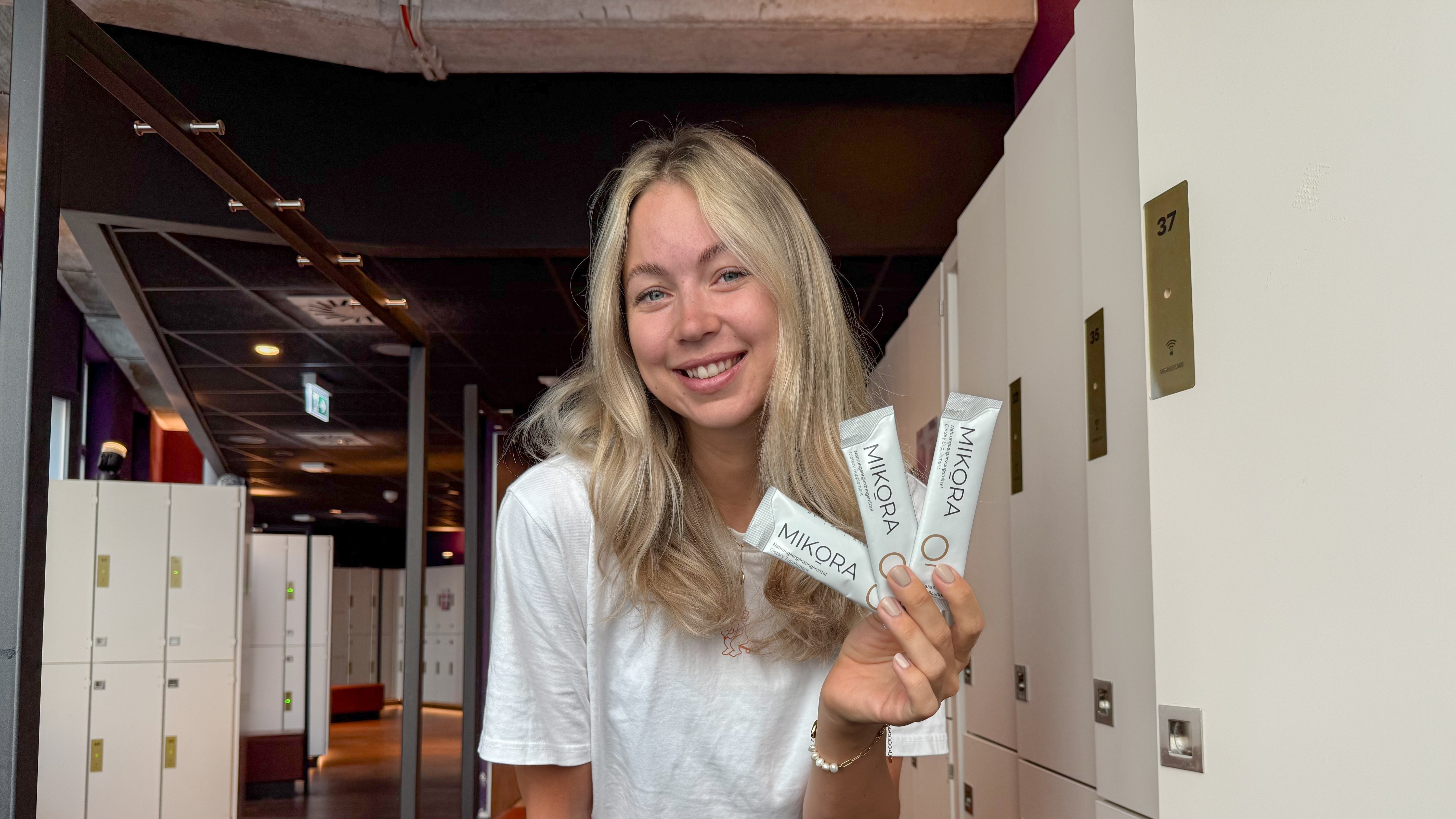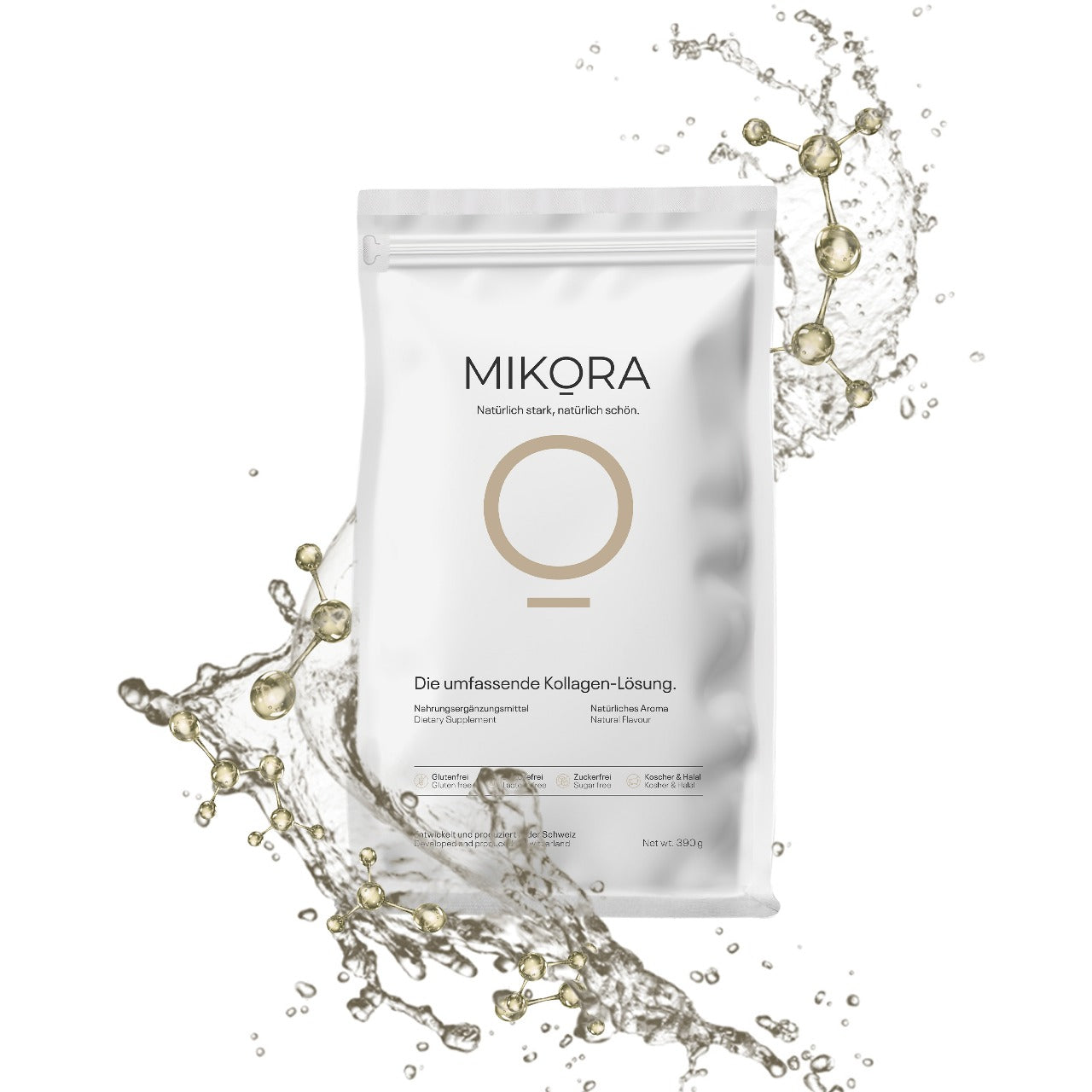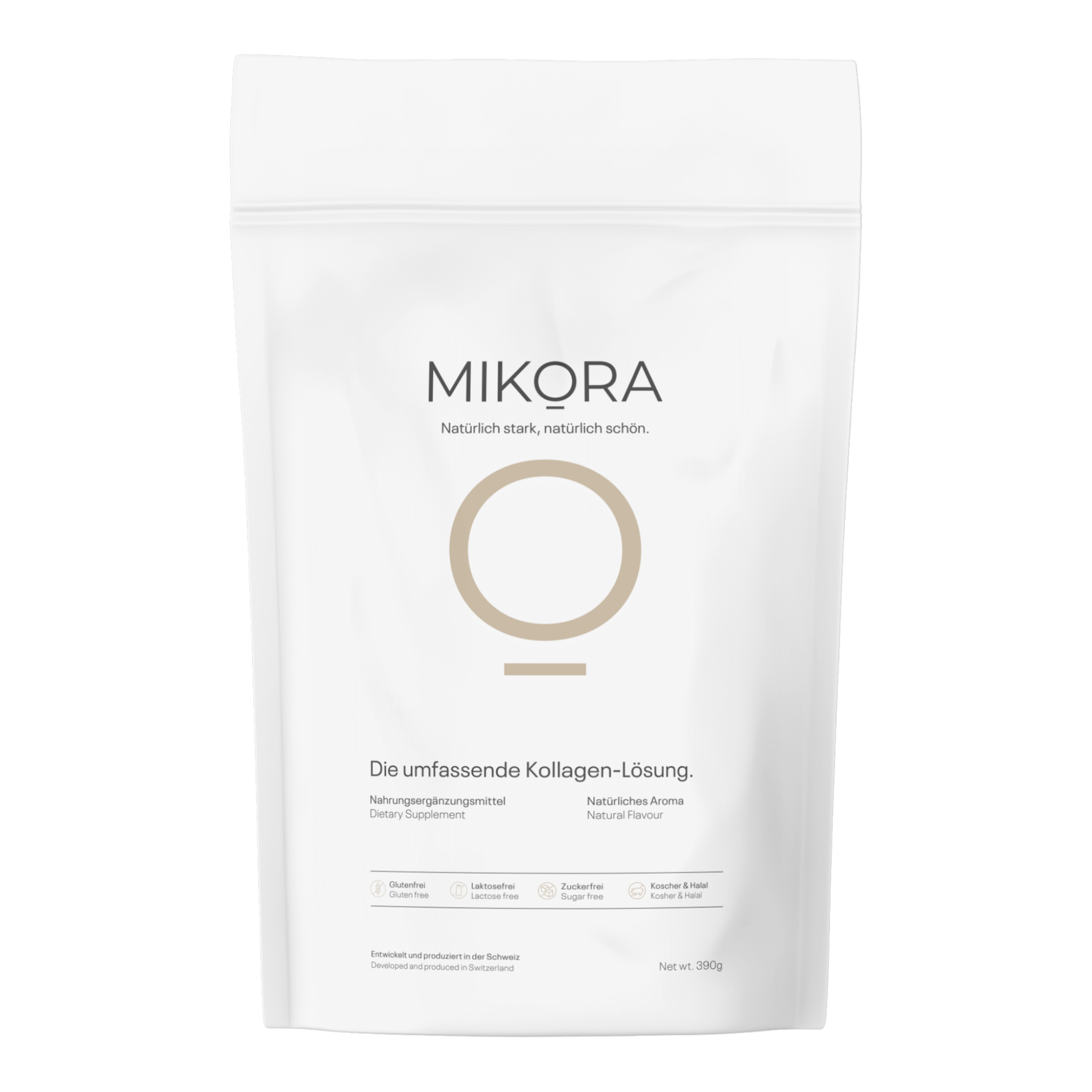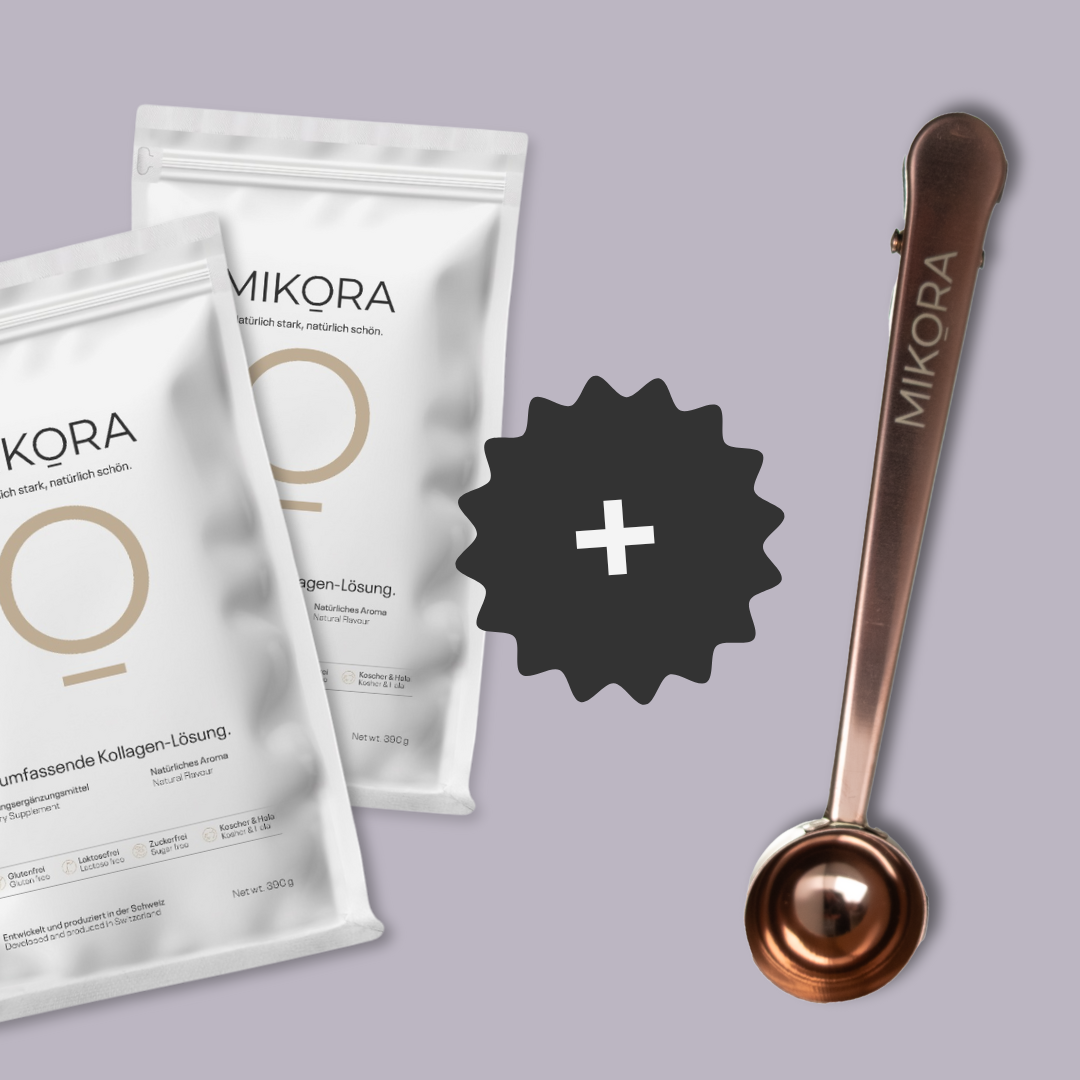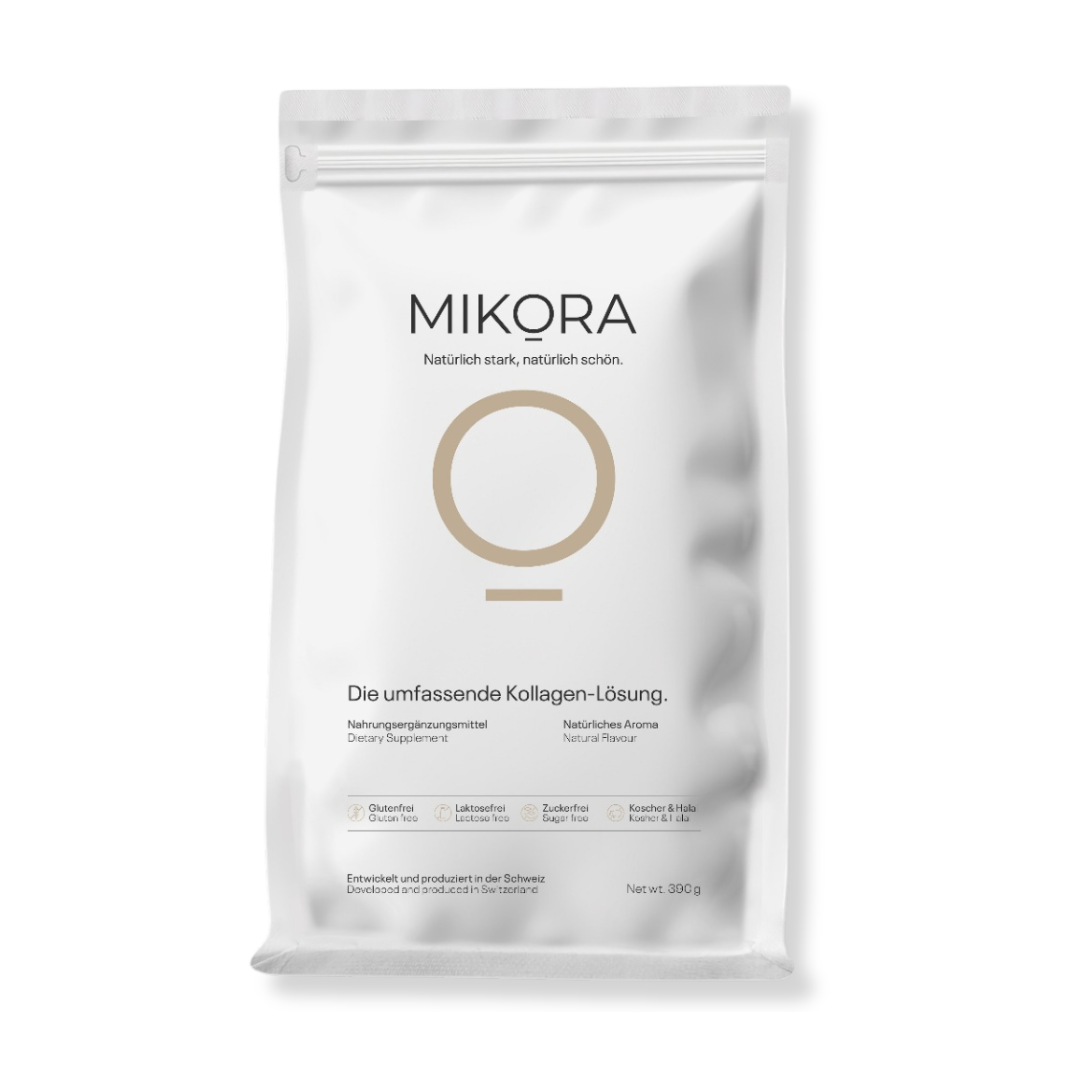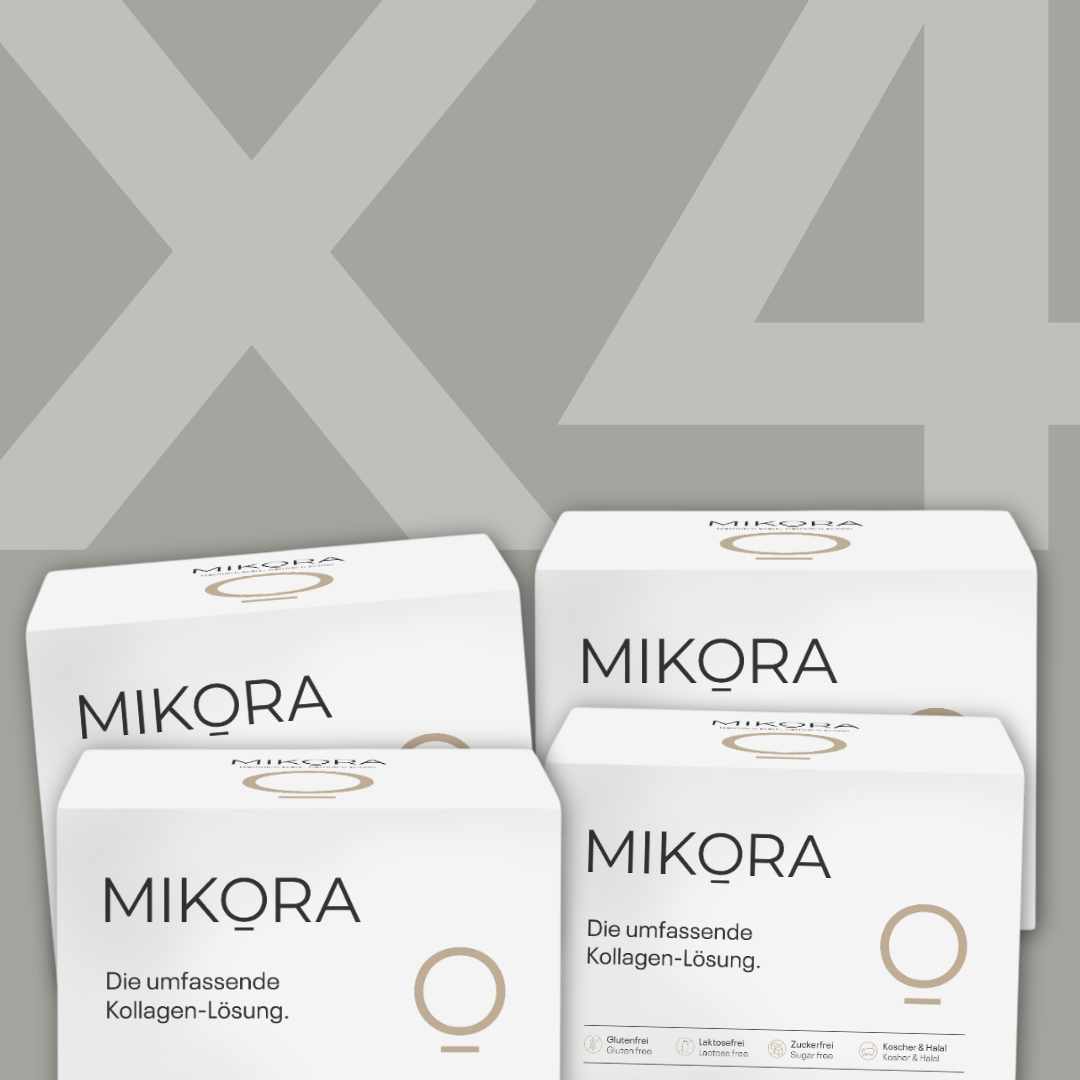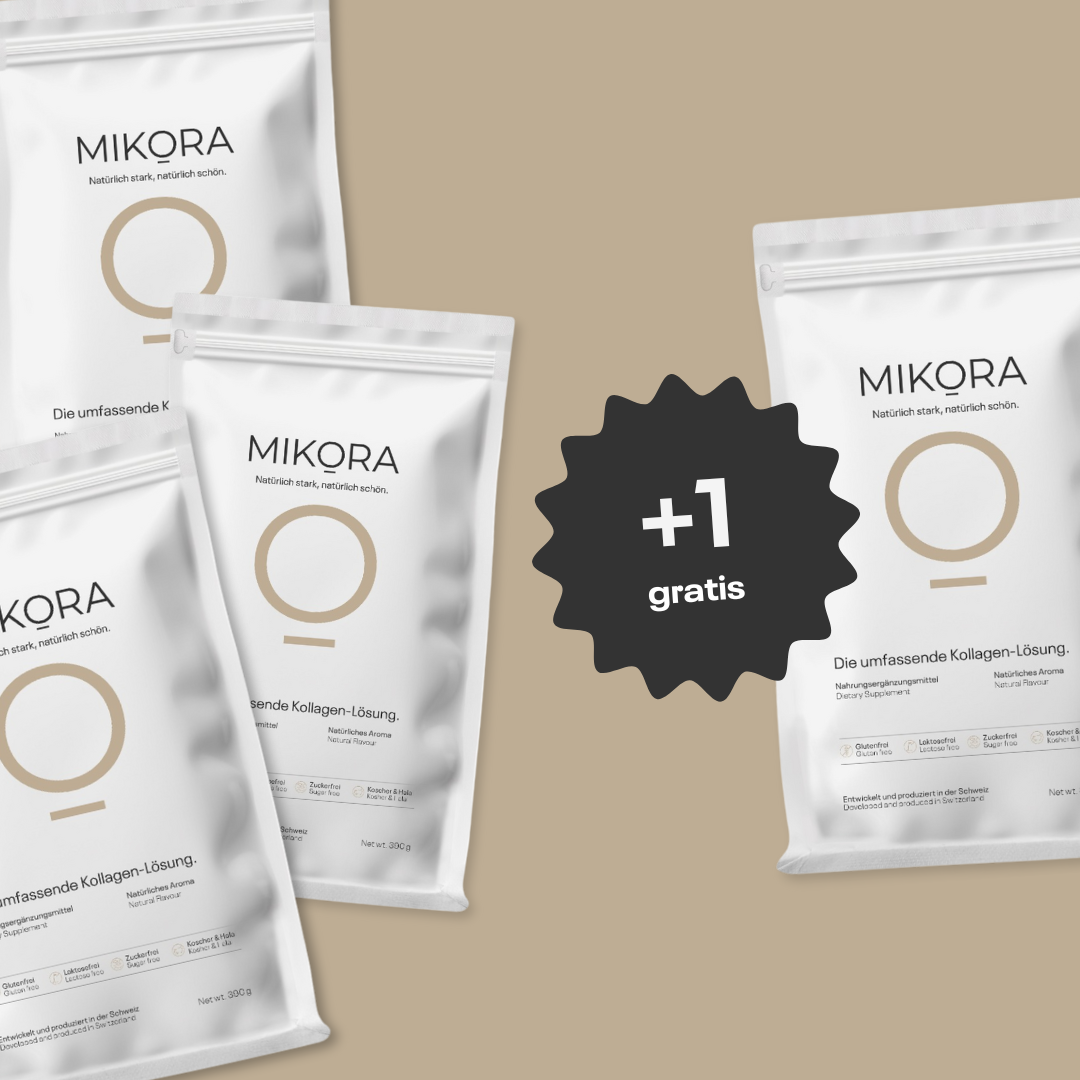Naturally strong, naturally beautiful

MIKORA Collagen Powder is a high-quality blend of three specific bioactive collagen peptides. Each of these ingredients has been specifically developed to support different physiological structures in the body.
The combination of these three peptide types in a daily dose of 13 g enables a synergistic effect on skin, bones, and joints. Most competing products that do not consist of a blend contain only Type I, Type II, or Type III collagen—the effect is limited, and the results are nowhere near as good as those of the MIKORA Gelita blend.
The three collagen components in detail
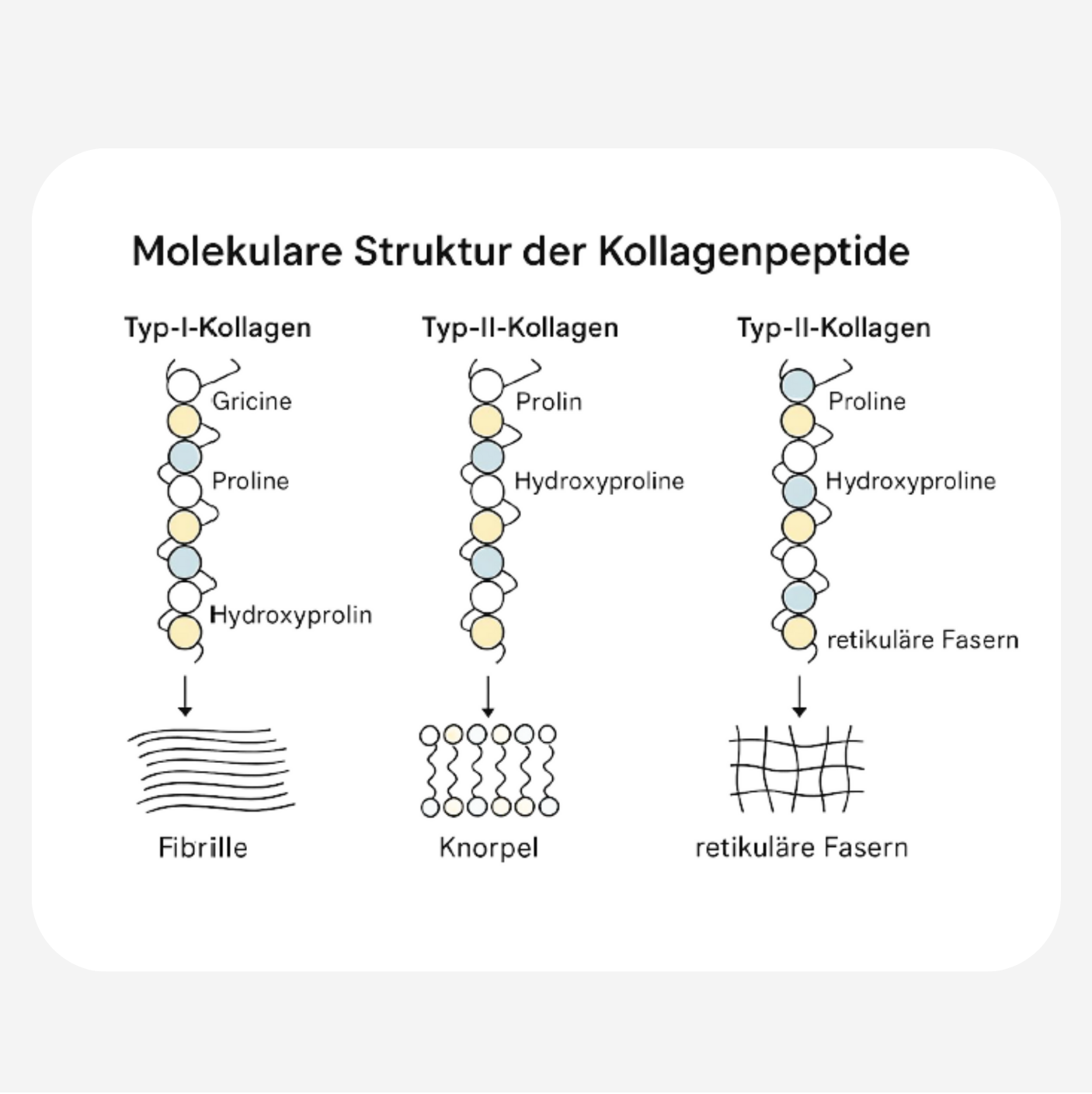
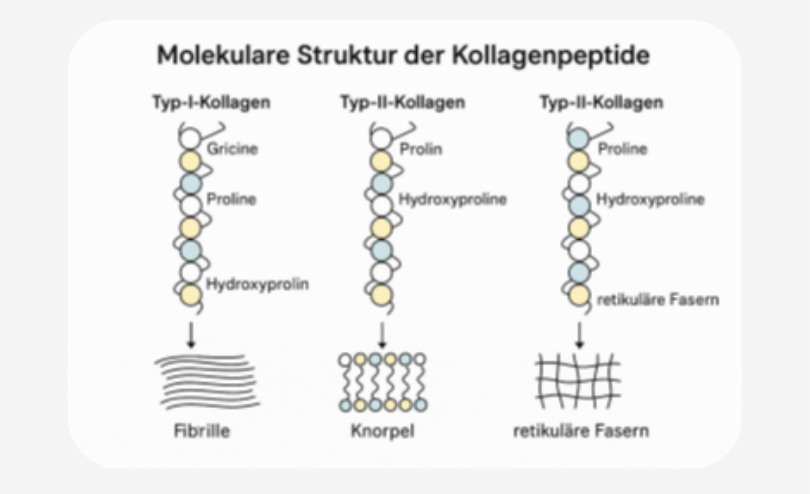
Molecular structure of collagen peptides
This scientifically simplified representation shows the structural composition of the three most important collagen types (Types I, II, III) in the form of schematic amino acid chains.
They form the functional basis of MIKORA products. Type I collagen forms long fibrils (e.g., in skin and bones), Type II collagen supports cartilaginous structures, and Type III collagen is a component of reticular fiber networks, for example, in organs or vascular walls.
Dissolving collagen in water
Collagen peptides are hygroscopic and naturally tend to form clumps or a skin on their surface during preparation. This is due to the physical nature of the fine, hydrolyzed powder combined with the surface tension of the water. Upon contact with water, the powder rapidly attracts moisture. If it is not stirred in evenly at the same time, the particles will clump together. This is a normal physical effect and not a product deffect. Once these clumps and the resulting gel skin are left in the water for a while, they will completely dissolve, especially with thorough stirring or mixing.
It should be noted that the solubility and phases of the dissolution process of collagen are quite comparable to other powdered dietary supplements (e.g., protein shake powder) or food products (e.g., Ovaltine). Collagen generally requires no significant additional information regarding how the powder should be dissolved in water, as it is comparable to other well-known instant applications.
The solubility of collagen depends on:
- Water temperature (ideally not ice cold)
- Amount of water (recommended: 200–300 ml per 13 g of powder)
- Degree of mineralization (high conductivity/mineralization can impair the solution behavior)
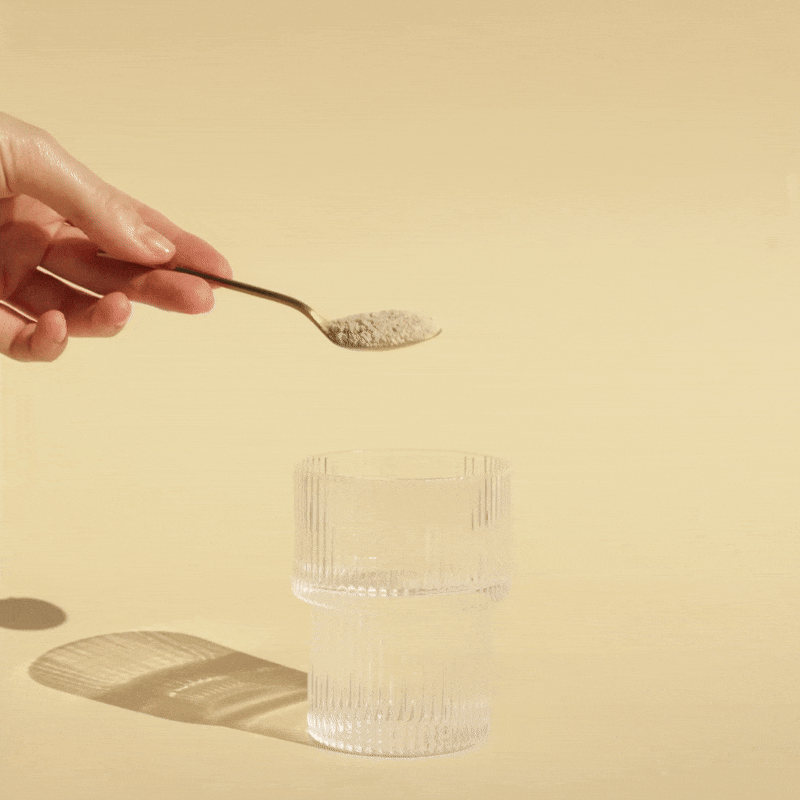
Recommended preparation method for optimal solubility
To ensure a quick and complete solution without lumps or skin formation, the following procedure is recommended:
- Use enough water (200–300 ml per serving).
- No ice-cold water.
- Add powder gradually and while stirring, not all at once to avoid the formation of large lumps.
- Stir in powder continuously during addition.
- A milk frother, hand blender, or shaker significantly speeds up the dissolution process.
Scientifically based.
Our information on the effects of collagen is based on current scientific findings and studies.
Zdzieblik et al. (2017): Collagen Supplementation in Osteoarthritis
Schunck et al. (2018): Effect of Collagen Peptides on Skin Elasticity
Clifford et al. (2019): Collagen Supplementation and Muscle Recovery
These studies provide the basis for the development and composition of the MIKORA collagen formula. Further studies and sources are continually being developed to ensure our product development is always evidence-based.

